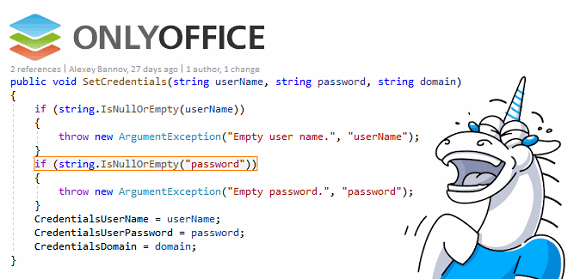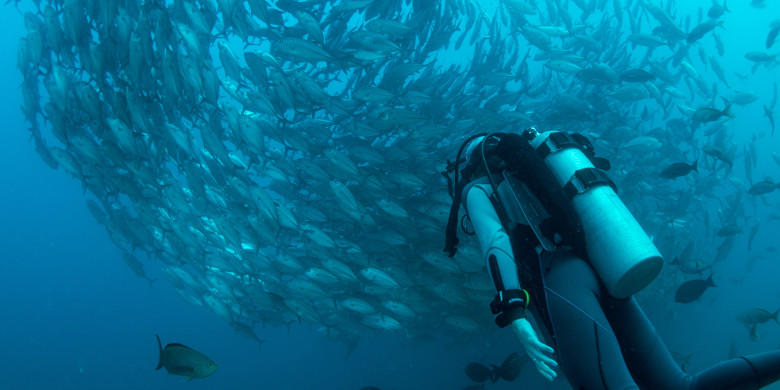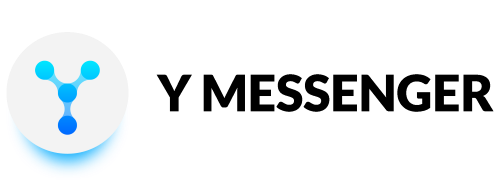This article is about security. I’ll focus on this in the context of web applications, but I’ll also touch on other types of applications. Before I describe approaches and frameworks, I want to tell you a story.
Background
Throughout my years working in the IT sphere, I’ve had the opportunity to work on projects in a variety of fields. Even though the process of authenticating requirements remained relatively consistent, methods of implementing the authorization mechanism tended to be quite different from project to project. Authorization had to be written practically from scratch for the specific goals of each project; we had to develop an architectural solution, then modify it with changing requirements, test it, etc. All this was considered a common process that developers could not avoid. Every time someone implemented a new architectural approach, we felt more and more that we should come up with a general approach that would cover the main authorization tasks and (most importantly) could be reused on other applications. This article takes a look at a generalized architectural approach to authorization based on an example of a developed framework.
Approaches to Creating a Framework
As usual, before developing something new, we need to decide what problems we’re trying to solve, how the framework will help us solve them, and whether or not there is already a solution to these issues. I’ll walk you through each step, starting with identifying issues and describing our desired solution.
We’re focusing on two styles of coding: imperative and declarative. Imperative style is about how to get a result; declarative is about what you want to get as a result.

















